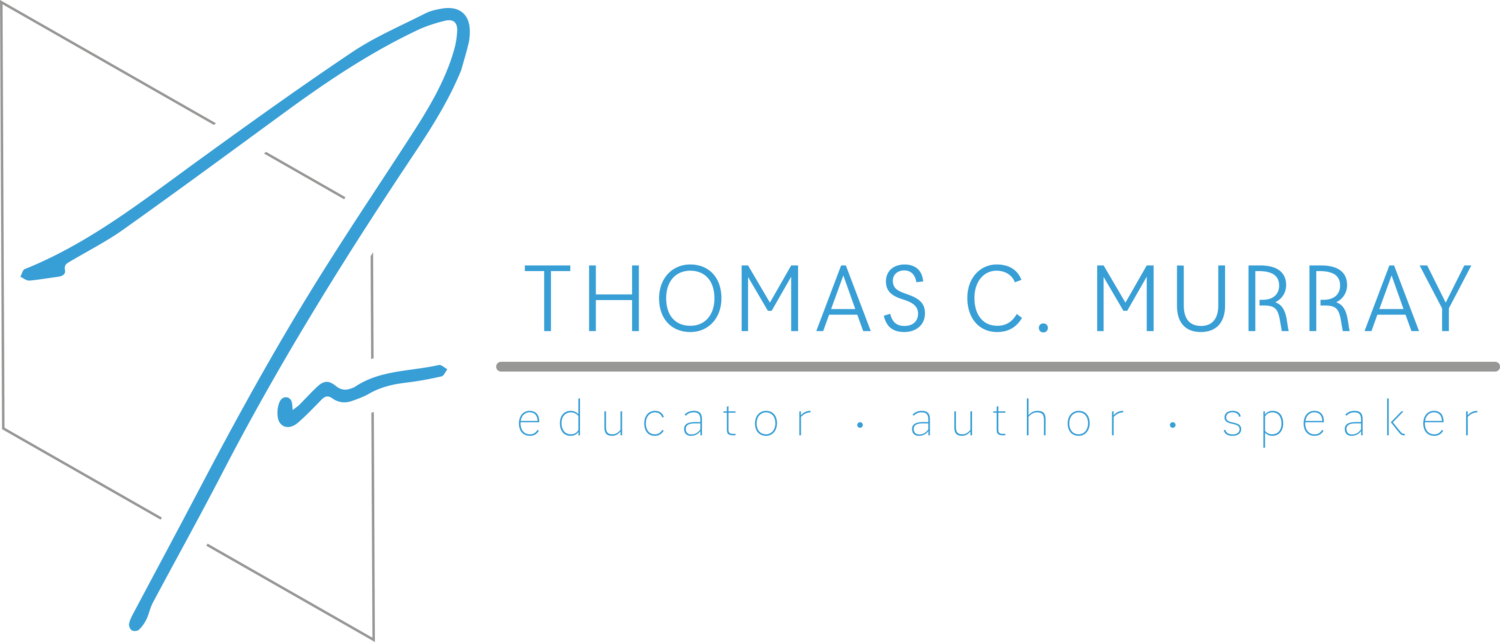The Problem with Prepackaged STEM Products
The following is a guest post from Ross Cooper. Connect with Ross on Twitter.
Over the last handful of years we have seen an explosion in science, technology, engineering, and mathematics (STEM) education. And, coinciding with this movement has been an influx of new STEM-related products that are school friendly. Some of the more popular merchandise includes littleBits, Snap Circuits, and Spheros.
The Problem
While there is no doubt in my mind many of our students will benefit from these products, and I do wish they had been invented while I was still teaching fourth grade…something is missing if we’re not doing much than placing these items in the hands of our students and teachers, crossing our fingers, and hoping for change.
At the end of the day, these are tools or resources that can help in shifting mindsets and culture, but I do believe an over-reliance on them means too much time and energy is being spent in the wrong place. John Hattie says it best:
"In many ways, our schools have emphasized the “software” (the programs in schools) and the “hardware” (buildings, resources), rather than the “Intel inside” (the core attributes that make schools successful)."
Prioritizing the Intel inside starts by investing in our students and teachers…So we have to ask ourselves:
If you’re a traditional teacher putting a prepackaged STEM product in front of your students, what are the chances you’ll be able to do add any value aside from reminding your students to follow the directions?
If you’re a traditional teacher putting a prepackaged STEM product in front of your students, what are the chances the product’s values - prompting of problem solving, collaboration, critical thinking, etc. - will then start to permeate the rest of your teaching?
What are the long-term systemic benefits of these prepackaged products (especially after they have been replaced by something newer and better)?
Do these prepackaged products build teacher capacity, which can lead to systemic change, or are we simply looking for quick fixes to possibly compensate for “bad practice” (as is often the case with other forms of technologies)?
Are some of these prepackaged products so polished and overly contrived that they ignore any type of problem solving, productive struggle, and iterative process by paving for students a clear path from Point A to Point B?
Are we only widening the equity gap when we create the false illusion that powerful instructional shifts are based on throwing money at products, as opposed to spending time and effort on reshaping mindsets?
The Answer
In short, we must invest in our teachers through professional development, and by establishing cultures of ongoing learning and inquiry that expand beyond any defined professional development hours.What might this look like?As a fourth grade teacher in my previous district, I was 1 of about 30 teachers in an elementary level STEM cohort. Over the summer, we experienced three full days of professional learning that was facilitated by a consultant from the local science center, and the majority of the instruction involved modules from the Exploratorium website. (Exploratorium is a renowned science museum in San Francisco, California.)
During the training we were informed by administrators that the goal for the year was for each grade level team to create and share out just one STEM unit (with more work being optional). So, towards the end of the third day, and after the formal learning had taken place, we collaborated in teams to start planning our units.Throughout the school year the consultant was made available to teachers to assist with our STEM projects (and any other inquiry-based instruction), and at the end of the year all of us gathered in the high school cafeteria to share out what our students and we had accomplished…That summer there was a cohort follow-up session with the consultant, which mainly focused on formative assessment, and the second STEM cohort also began during this time, which included teachers from both the elementary and middle levels.
In the End
What I have described is just one example, and one of countless ways to roll out a STEM (or PBL) program.But, no matter the example or approach, one common denominator should always remain…While prepackaged STEM products certainly have a place in our schools, we must remember to invest in teachers as learners and professionals. Otherwise, students will view STEM as nothing more than “play time” that serves as a break from the real (and traditional) learning.Because, at the end of the day, we want to establish cultures of inquiry and ongoing learning…not buildings with “cool stuff.”
What are you overall thoughts on prepackaged STEM products? What roles should they play in our schools?
Connect with Ross on Twitter.

